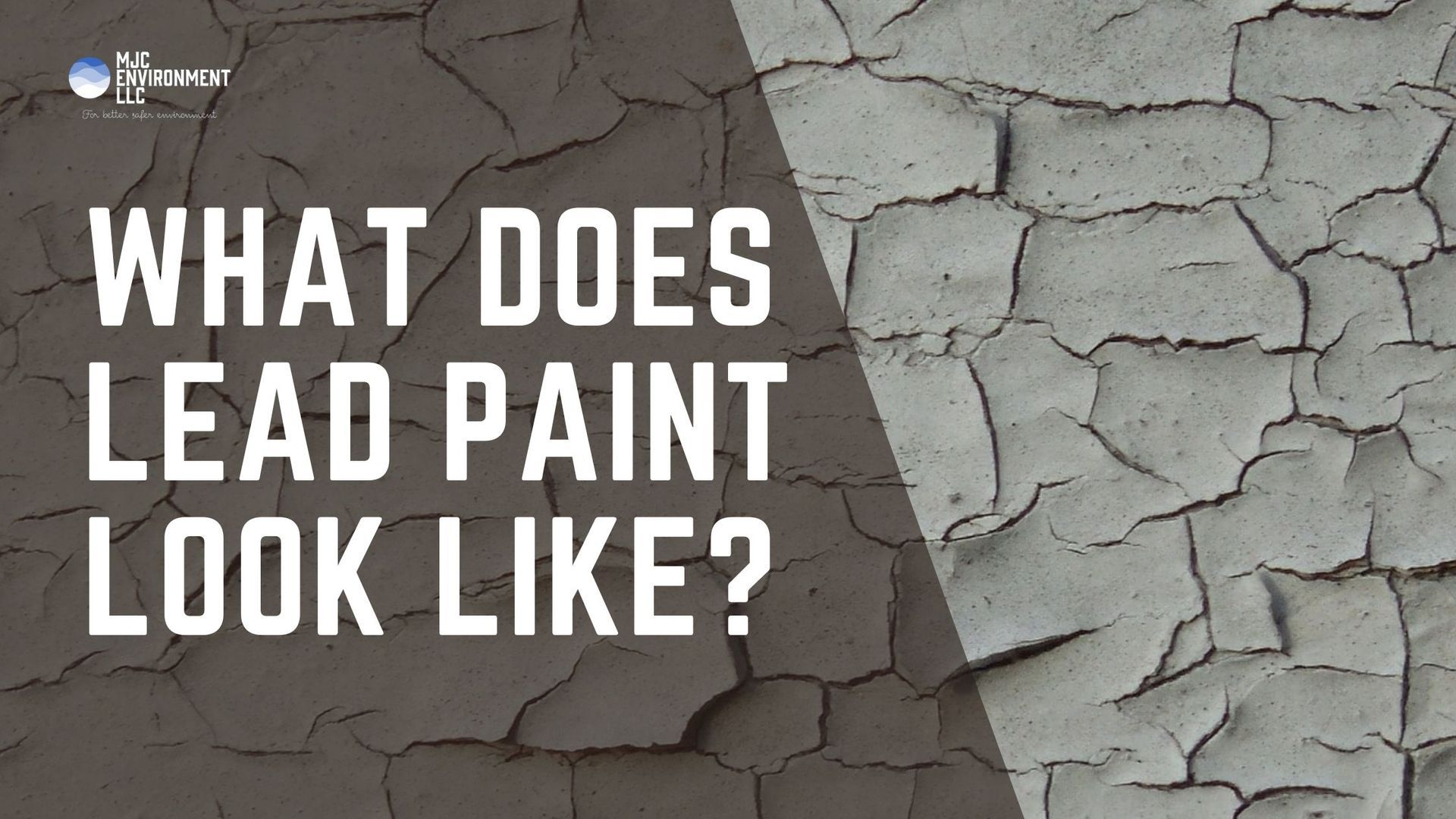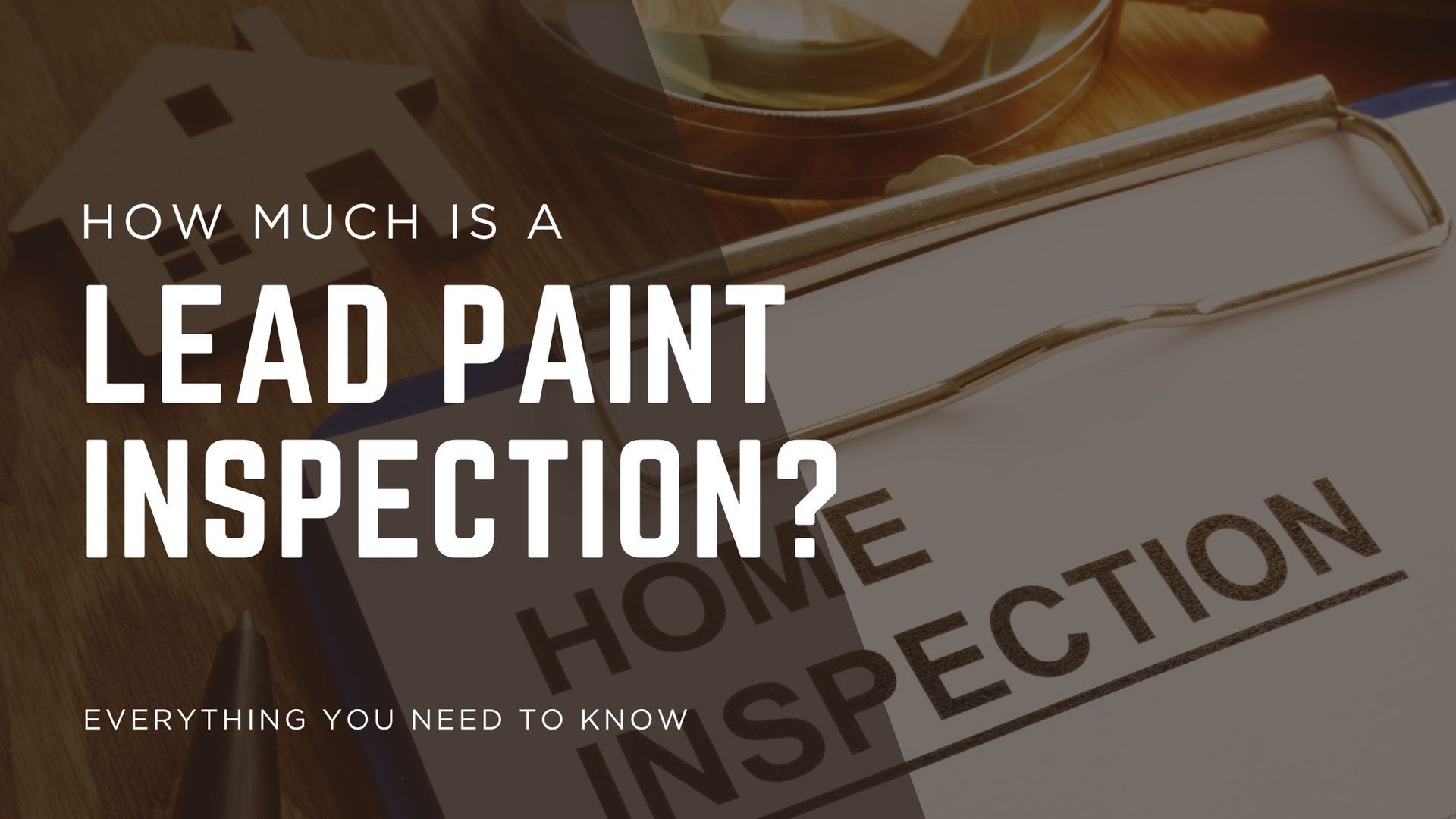What is Lead-Based Paint? A Complete Guide to Risks, Removal & Disclosure
Lead-based paint is a type of paint that contains significant amounts of lead, a toxic heavy metal, historically added to paint to improve durability, moisture resistance, drying time, and to maintain a fresh appearance. This guide will explore everything related to lead-based paint, including its meaning, history, inspection, dangers, removal methods, legal disclosure requirements, and exemptions.

The Meaning of Lead-Based Paint
Lead-based paint is defined as paint or any surface coating containing lead equal to or exceeding 1.0 milligram per square centimeter (mg/cm²) or 0.5% by weight. Various lead compounds such as lead(II) chromate, lead(II,IV) oxide, and basic lead carbonate were used as pigments or additives before lead was banned for residential use in 1978 in the United States. Lead’s presence is not visually detectable, so specialized tests are needed to confirm its presence.
History of Lead-Based Paint Use
Lead has been used in paints for thousands of years due to its pigmentation and durability, with archaeological evidence tracing its use back to 3000 B.C. Its properties made it popular and widely used in homes, schools, and commercial buildings through the mid-20th century. However, by the early 1900s, medical research began linking lead exposure to severe health effects, especially in children. By 1978, the U.S. banned lead-based paint for residential use under the Consumer Product Safety Commission to protect public health.
What Is a Lead-Based Paint Inspection?
A lead-based paint inspection is a thorough evaluation conducted by certified professionals to determine the presence of lead-based paint on surfaces in a home or building. This inspection involves testing painted surfaces using devices like X-ray fluorescence (XRF) analyzers or laboratory testing of paint chips. It identifies which surfaces contain lead paint and assists in managing or mitigating lead hazards. These inspections are important for homes built before 1978, as lead paint was commonly used before then.
Dangers of Lead-Based Paint
Lead exposure is a serious health hazard. Lead paint becomes dangerous when it deteriorates or is disturbed, releasing lead dust and chips that can be ingested or inhaled. Lead poisoning can cause neurological damage, slowed growth, behavioral problems, learning disabilities, and in severe cases, seizures or death. Young children under six, pregnant women, and fetuses are particularly vulnerable because lead affects brain development. Since there is no safe level of lead exposure, all lead hazards must be carefully managed. For more detailed health information, visit the CDC’s page on lead poisoning health effects.
How to Remove Lead-Based Paint Safely
Removing lead paint safely requires specialized techniques to avoid exposure to airborne lead dust:
- Wet scraping or wire brushing to minimize dust.
- Wet sanding with HEPA vacuum attachment to control dust.
- Heat guns operating below 1100°F to avoid vaporizing lead.
- Chemical stripping with lead-safe products.
- Professional lead abatement services following EPA and OSHA regulations.
Unsafe methods like dry sanding, open flame burning, and abrasive blasting without containment should never be used, as they produce hazardous lead dust and fumes. Cleanup after removal requires wet methods and high-efficiency particulate air (HEPA) vacuuming to eliminate residual dust.
Is Lead-Based Paint Good or Bad?
Lead-based paint was valued historically for its physical properties and durability in protecting structures from moisture and corrosion. However, from a health perspective, it is harmful and classified as a significant environmental health hazard. Modern water-based, lead-free paints now replace lead-based paints, providing safer alternatives without the toxic risks. Therefore, while lead paint was once considered beneficial technologically, today it is broadly regarded as dangerous and unacceptable for use in homes.
What Is Lead Paint Disclosure?
The Lead-Based Paint Disclosure Rule, enacted under Title X of the Residential Lead-Based Paint Hazard Reduction Act of 1992, mandates that sellers, landlords, and agents must disclose known lead paint information to potential buyers or renters when dealing with housing built before 1978. This disclosure includes providing pamphlets on lead safety, alerting occupants to known lead hazards, and offering the opportunity to conduct lead inspections or risk assessments before finalizing a transaction. The intent is to protect people from unknowingly moving into environments with lead hazards.
If you're dealing with lead paint in your home or property and want to ensure it's handled safely and effectively, trust the experts at MJC Environmental LLC. Our certified professionals specialize in lead paint testing, encapsulation, and abatement services to protect your family and comply with all safety regulations. Contact MJC Environmental LLC today for a free consultation and take the first step toward a safer, lead-free environment.
Does a Home Built in 1978 Need Lead-Based Paint Disclosure?
Generally, homes built before 1978 must comply with lead paint disclosure because lead paint was banned that year. If a home was built in 1978, disclosure depends on the exact construction date and local rules, but most homes built in that year or earlier are presumed to possibly contain lead paint and require disclosure unless tested and confirmed lead-free. Buyers and renters should always ask for this information and consider lead testing in homes built near the ban date.
Who Is Exempt from Lead-Based Paint Disclosure?
Certain situations are exempt from lead paint disclosure rules:
- Zero-bedroom units without children under six.
- Short-term leases under 100 days (vacation rentals).
- Housing designated for elderly or disabled adults without young children.
- Properties documented to be lead paint free by certified testing.
- Foreclosure sales.
- Housing built after 1977 is generally exempt.
Lead Regulations and Safety Programs
The Environmental Protection Agency (EPA) regulates lead paint hazards under several laws and programs:
- The Lead Renovation, Repair and Painting (RRP) Rule ensures safe work practices during renovation in pre-1978 homes and child-occupied facilities.
- The Lead Abatement Program governs safety training and certification for lead removal.
- Residential Hazard Standards establish dangerous levels of lead in paint, dust, and soil, alongside clearance levels after abatement.
- Enforcement and compliance programs oversee adherence to these rules, protecting public health.
You can review the full
EPA lead regulations for further details.
Balancing Lead Safety with Historic Preservation
In historic buildings, sometimes lead paint removal must balance health safety with preservation of architectural features. Risk assessments guide whether abatement, repair, or encapsulation is most appropriate. The U.S. Department of Housing and Urban Development (HUD) promotes methods to control lead hazards without damaging historically significant features, reserving wholesale removal only for high-risk cases.
Conclusion
Lead-based paint has a long history of use due to its desirable paint qualities but poses serious health risks due to lead toxicity. Its presence is common in older housing, and careful inspection, disclosure, and safe removal practices are critical to protect health. Laws require sellers and landlords to disclose lead paint information to prevent unsuspecting exposure. While lead-based paint served important functions in the past, it is now recognized as a harmful substance that requires caution and management.
This comprehensive guide covers the meaning, history, inspection, dangers, removal, disclosure rules, exemptions, regulations, and special considerations for lead-based paint, equipping homeowners, renters, and professionals with detailed knowledge about this important environmental health issue.




